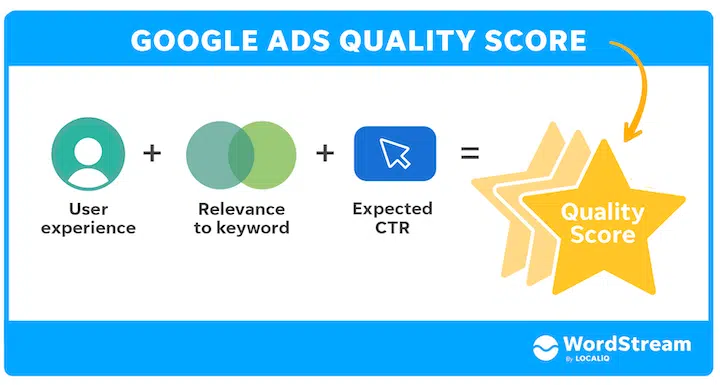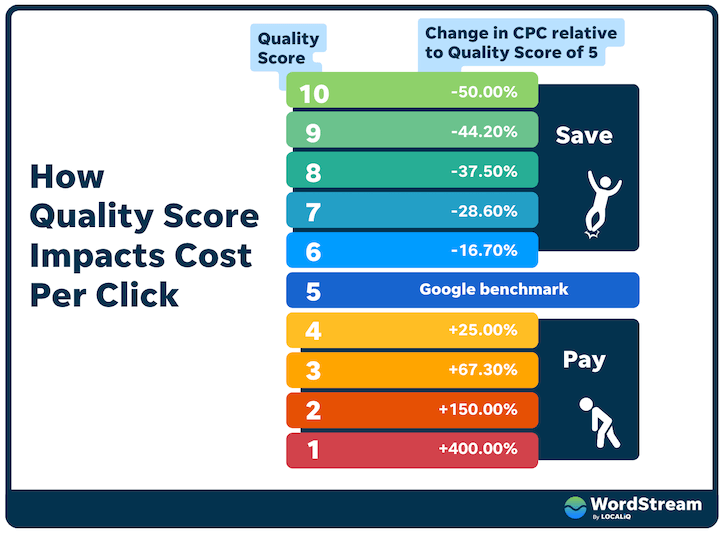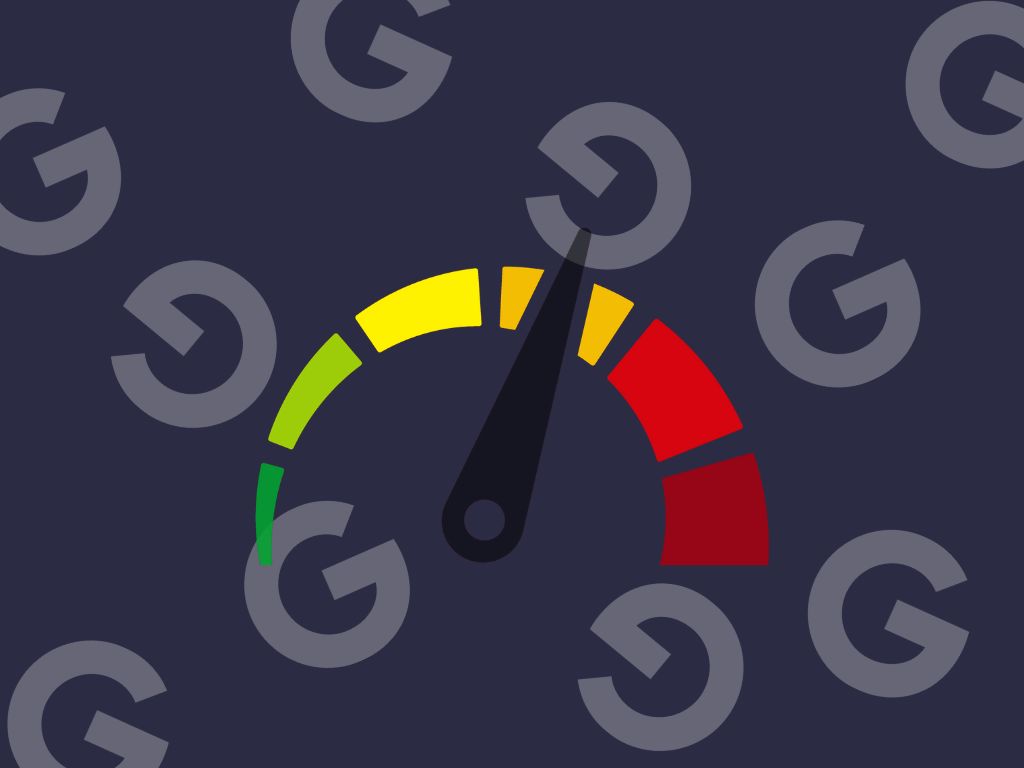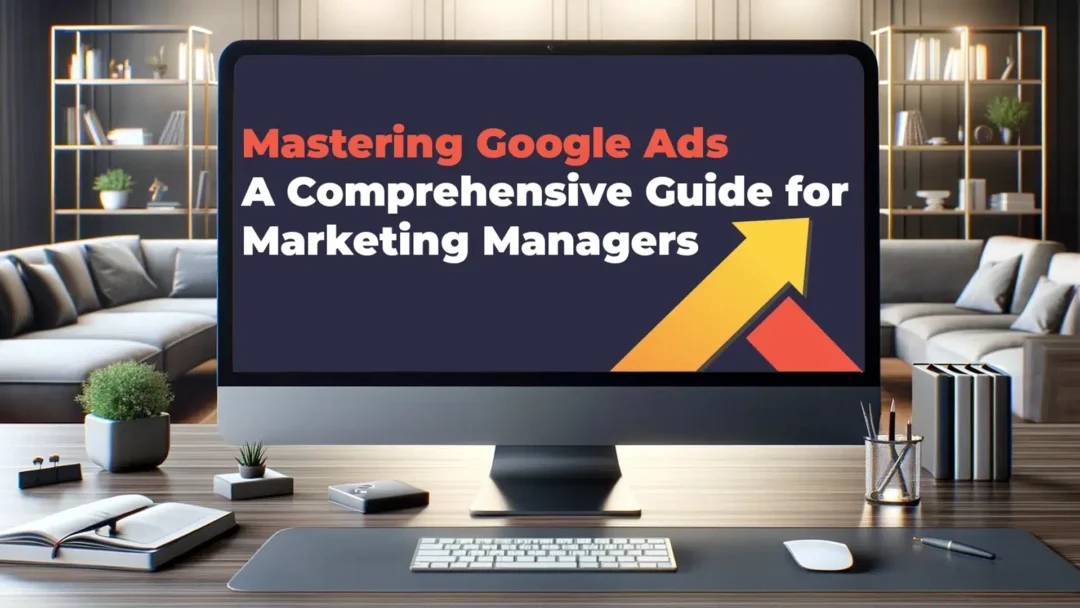
We wrote this guide to help companies who are running Google Ads get the most out of their budget. This guide can be applied to all accounts, whether they’re managed by you, in-house or by your external Google Ads agency. So, without further ado, here are the top things to look at to determine whether your Google Ads account is in tip-top condition and ready to smash your marketing targets.
Ad Copy
Reviewing your ad copy to ensure there are no spelling mistakes, no special characters and the first letter of each word is capitalised, simple things but Google Ads doesn’t always pick up on spelling errors.
Headlines
Ensure there are enough headlines for Google to test, equally having too few headlines impacts the ad strength so finding a balance is important. Headlines should contain brand names, CTAs and address pain points to entice users and show them that you have the solution to their problem. CTAs typically inform the user how to communicate with your brand whether that’s calling, filling out a form or clicking a link.
Descriptions
For your descriptions, you should try to include a mix of short and long descriptions to give Google the best combinations to work with. Descriptions typically expand on headline points and contain CTAs and brand names.
Best Practise:
When it comes to writing ad copy there is no one size fits all, but there are practices you can follow to maximise your ads such as:
- Ensuring your keywords have a high-quality score by using keywords that mirror the searcher’s query, appear on the landing page and have high search volumes.
- Be specific in your keywords for example “women’s shoes” or “women’s black boots”. This is also applicable to the final URL matching the final URL with the intent of the ad.
- Utilise dynamic features to make ad copy personalised to the user for example location inserter, keyword insertion and countdowns.
- Include call to actions.
- Your ad copy should match the product offering on the landing page for example if the ad copy includes a sale then the landing page should have a sale.
- Pinning ad copy is a great way to ensure well-performing ad copy appears more often however this can impact your ad strength
Conversions
A high-performing account needs to track the right conversions. What are the right conversions, you ask? They are exactly what you want your website traffic to be doing on your site to be classed as a lead or a sale. Generally, when it’s a lead generation site the goal is to get users to contact you, usually via a contact form, an email or a phone call. If it’s ecommerce then you need to be tracking product sales, including the revenue generated from each sale. Tracking useful metrics is important however tracking things like clicks, button clicks and scrolls which can be helpful for newer businesses are not entirely useful as they cannot be used to justify strategy or be used for analytics.
Best practise:
- Track conversion actions that are useful and will inform strategy, do not track absolutely everything
- Set primary and secondary conversion actions to tidy up conversions as well as helping with reporting
- Ensure that the settings for conversion actions are correct, attribution should be set to data-driven and the conversion window needs to be long enough to capture users.
- Make sure any Google Analytics conversions are being pulled from GA4, not UA, if there are any from UA remove them.
PMAX
The next aspect of Google Ads that should be checked is any PMAX campaigns that are running or a lack of PMAX for that matter. Google is going big at the moment with PMAX and it’s going to be a huge part of the ad platform going forward. Indeed, PMAX takes away more control from advertisers, but this is not a reason to ignore it. Across our client portfolio, we’ve seen some astonishing results from PMAX. A lack of PMAX means a lack of testing, and the best Google Ads results come from testing. To check if you have any PMAX campaigns running. Add a filter for campaign type and check the box for “Performance Max”.
Best Practise:
- PMAX campaigns should have enough images, videos and ad copy to help give Google enough combinations to play around with.
- Utilise audiences! – Audiences are very detailed within PMAX campaigns, you can create audiences based on interests, demographics, user behaviour and GA4 audiences
- Ensure your location settings are correct in PMAX campaigns
- Most importantly don’t change too much too quickly otherwise you’ll break the campaign and mess with its learnings.
Negative keywords & lists
Keywords will pull in search terms that might be irrelevant to your product offering depending on the match type selected, therefore to avoid wasting budget you can set up a negative list of terms that you don’t want your keywords to show for and save wasted budget. It may also be beneficial to set up a negative list for competitors to make sure your ads are not showing for competitor names.
Best Practise:
- Use plural and singular keywords and be specific the more specific you are in excluding terms the better targeted your ads will be
- Use different match types
- Find search terms that do not perform or have high impressions but don’t perform and negate them to boost your CTR
- Remember to regularly check your search terms to ensure irrelevant search terms or high spending but non-performing terms aren’t being pulled through
Check for missing assets/extensions
Callouts, site links, price extensions, structured snippets, extensions etc, should be added to give your ads the best chance to perform. Brand logo and name added on the account level. It’s a small detail but makes a difference in creating trust, and credibility and increasing visibility in users by displaying your brand name and brand logo in your ads.
Best practises:
- Extensions should be used as a wider part of your strategy all aspects of your ad should work together to achieve your goal
- Sitelinks should have a separate landing page
- Add UTMs to track your site links and see which are performing better
- Google recommends adding at least 6 site link extensions for every ad group or campaign to enhance your ad further as Google will rotate the extensions.
- Ensure you are adding site links to pages your users will be interested in like delivery information, contact information, other product categories or sale pages.
- Utilise callouts to shout about the USPs of your products/services
- Adding account-level headlines and descriptions means you can ensure specific ad copy that may perform well or is the main message you’d like to share is more visible. Additionally, it gives you an extra headline or description to add to ad copy.
- Monitor assets to make sure if any get disapproved you can fix them quickly
Quality score
Keywords will have a quality score which is calculated based on your ad relevance, expected CTR and landing page experience. Quality scores are rated on a scale of 1-10 based on these three factors the higher the score the better it is.  Having high-quality scores is important as it impacts your costs. Keywords with low-quality scores don’t tend to perform well and can indicate a gap between what the user is searching for and what your ads are offering. Keywords with lower quality scores also increase the price you pay in CPC so increasing your quality scores can mean you pay less in CPCs.
Having high-quality scores is important as it impacts your costs. Keywords with low-quality scores don’t tend to perform well and can indicate a gap between what the user is searching for and what your ads are offering. Keywords with lower quality scores also increase the price you pay in CPC so increasing your quality scores can mean you pay less in CPCs.  The difference in cost between a Quality Score of 10 compared to 1 is dramatic. The cost per click for a 10 out of 10 Quality Score would be 50p whereas were it 1 out of 10 Quality Score, it would be £4 per click. That’s why you need to act if your account has low Quality Scores. Anything below 5 is considered bad and you’ll want to look to improve it. Here are some quick tips to improve your Quality Scores and best practice.
The difference in cost between a Quality Score of 10 compared to 1 is dramatic. The cost per click for a 10 out of 10 Quality Score would be 50p whereas were it 1 out of 10 Quality Score, it would be £4 per click. That’s why you need to act if your account has low Quality Scores. Anything below 5 is considered bad and you’ll want to look to improve it. Here are some quick tips to improve your Quality Scores and best practice.
Exp. CTR
- Keyword research using tools such as Google Keyword Planner or platforms such as AHrefs and SEMrush to find keywords that are most relevant and have high CTR.
- Consider testing out different match types using only exact match limits your impression growth. Phrase and broad match whilst they need more maintenance is a great way to discover more terms.
Landing page exp
- Ensure your keywords appear on the landing page. This could be short-term solutions like tailoring your keywords to match your landing page or long-term solutions like updating your landing page to include keywords.
- Bounce rate and other similar metrics help determine landing page experience so improving your landing page overall and creating well-designed pages with optimised content that aligns with user intent will improve this aspect.
Ad relevance
- Ensure your ad is aligned with user intent and provides the user with the solution to their problem.
- Ad copy needs to be clear and relevant
Non-performing keywords
Keep an eye out for keywords that have not performed (no impressions, no conversions, no spend) in the last 90-120 days as they can be removed from the account alongside ad groups and campaigns that have not performed.
How to find non-performing keywords:
- Sort by impressions and cost
- Find keywords that have not had any impressions or conversions over the past 90-120 days and pause them – these keywords may be spending which means you will avoid wasting your budget by pausing them
Keyword Best practices:
- Keyword research is crucial for having high relevant quality keywords, high search volumes and high CTR
- Match your keywords with user intent for example a phone shop will have customers with ranging intent from browsing to deal shopping to ready to purchase, most likely each intent will have its own campaign or ad group with keywords for each intent e.g. ‘best phone deals’ and ‘buy iPhone 15’
- Think like your customers do and about how they will search for your product/service
- Be specific
Location Settings
Location settings are one-way budgets that can be wasted by advertising to people who show interest but are not in your area. For example, a local flower shop in London is showing ads to users in Asia, making sure you target the correct regions/excluding regions you don’t want is important and saves budget. To view your location settings select the campaign you would like to use and click on settings on the left-hand side menu then scroll down to locations. Here you can add/ locations to target/exclude as well as presence and interest.
- Tip: unless it applies to you select ‘Presence: people in or regularly in your targeted locations’ Google does not select this as a default so you can end up serving ads to people who are interested but not in your target location.
Best practice:
- Deliver personalised ads with geo-targeting for local PPC – you can advertise for local events and use local languages that resonate with that community.
- You can serve ads to people upon entering and exiting a specific location or area this is helpful for events happening in specific locations rather than nationwide
Exclude mobile apps and kids YouTube channels
Another way to avoid wasted budget is excluding mobile apps and kids YouTube channels from showing your ads as it’s likely that will not be your target audience.
Consolidated campaign structure
Campaign structure is very important and having an unnecessarily complex campaign structure can make it harder to manage and give you less data to analyse. That’s why it’s important to condense your campaigns and ad groups efficiently and avoid spreading your budget too thin. This comes from looking at the website and how you want to market to your audience. Are there any products/services, in particular, you’d like to push, are there specific locations or campaign types? The answers to these questions alongside keyword research and GA4 analysis will inform your campaign structure and strategy. Campaigns can be split by location, intent, audience or product offering.
Best practise:
- Have campaigns for different keywords/themes and ad groups to expand on the themes
- Have separate campaigns for the brand
- Consider having a competitor campaign if required
- Keep keywords separate with no overlap in campaigns otherwise, you will be bidding against yourself
- Your campaign structure should support your goals and target different levels of the funnel
- Have a consistent and clear naming convention throughout your account
- Think about how to best utilise your budget across campaigns. You can group campaigns and use a shared budget or give each campaign its budget.
If you need any help managing your Google Ads account or think it’s time to start implementing Google Ads into your marketing strategy, then you’re on the right website! We provide free audits to iron out any issues and show you areas of improvement. Get in touch today to speak to our team and we will book your audit meeting to discuss your Google Ads account further.
Jump into another related resource
Whether you’re after expert-written blogs, downloadable guides, or time-saving checklists, our Resource Hub gives you practical tools to make your marketing more effective.








